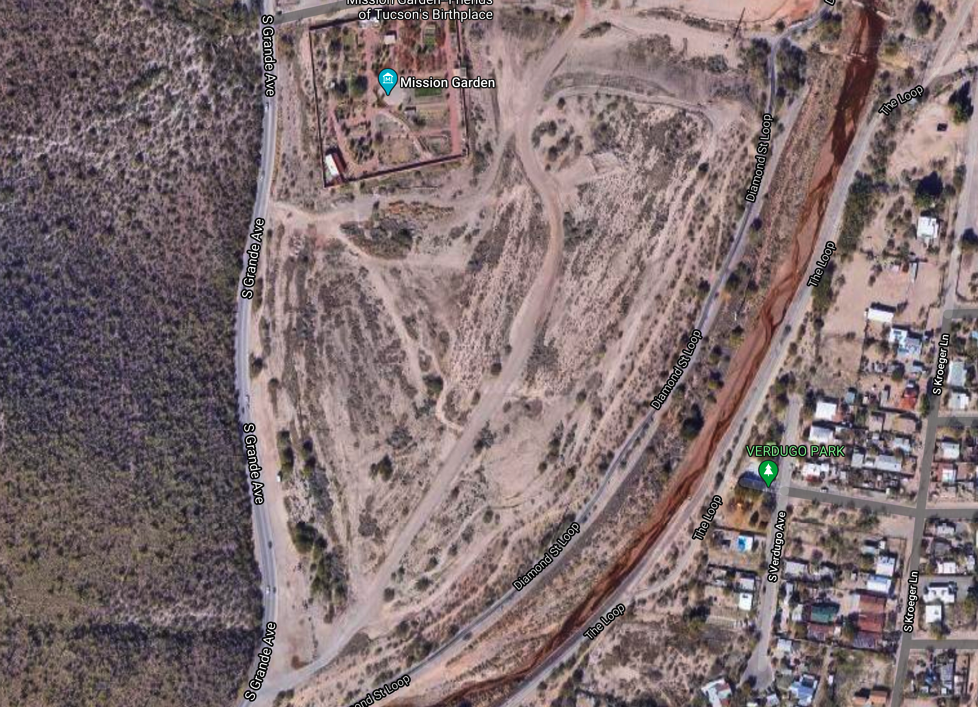
Sonoran Desert Park
[Formerally the "A" Mountain Landfill]
The “A” Mountain Landfill served the city between 1953 and 1962. It was one of three landfills in the area. The Nearmont Landfill to the north operated between 1960 and 1967 but is now being remediated by the city. Also north, the Congress Landfill was remediated for the Caterpillar Headquarters project in 2018. Remediation requires the complete removal of the old dump material, replacing it with clean fill and elevating the pad approximately 15 feet for increased protection from potential floods.
The “A” Mountain Landfill is monitored quarterly for methane and carbon dioxide concentrations. Low concentrations of volatile organic compounds (VOCs) are found in shallow wells near the landfill. The concern of city officials is that surface water can migrate down through the landfill to the water table below. The monitors detect if the transitional water collected in the landfill develops sufficient head pressure to penetrate the underlying clay soil. This clay layer is the only barrier for this 'perched' water in the landfill. Clay provides a good, but not a perfect, barrier. There was no liner barrier installed in the creation of these landfills, which is a common practice today. In a 1986 survey of all the city's landfills, Pima Association of Governments gave only the “A” Mountain Landfill a potential pollution rating less than “A”. In fact this was the only city landfill with a “C” rating indicating that the potential exists for groundwater pollution. After that report, the city installed the monitoring wells. With this rating, ordinances prevent any future surface use of the landfill that would include plant irrigation or water features. A study was performed to determine whether the Santa Cruz River periodic flows could ever contribute to elevating the local water table up to the level of the deepest layer of the landfill. It was determined that this was not a risk because the water table was already easily too low for this to happen.
However, in 2019 treated sewer water was reintroduced into the Santa Cruz just south of Menlo Park. Tucson Water officials were surprised to learn that this continuous flow of effluent elevated the water table near to the lower level of the “A” Mountain Landfill. This situation led to concerns that the leaching of contaminants from the landfill into the watertable might be possible. The flow of the recharge water was significantly reduced until solutions to the elevated water table were studied.
In 2020, soil dredged from the Santa Cruz River was placed on top of this landfill.